BRINGING INITIATIVES TOGETHER
Projects in WARA-PS
The field of collaborative autonomous systems is expanding rapidly, and to maintain a leading position, Sweden needs a unified approach. WARA-PS brings together a wide array of research projects within and here you can find more information about the different projects
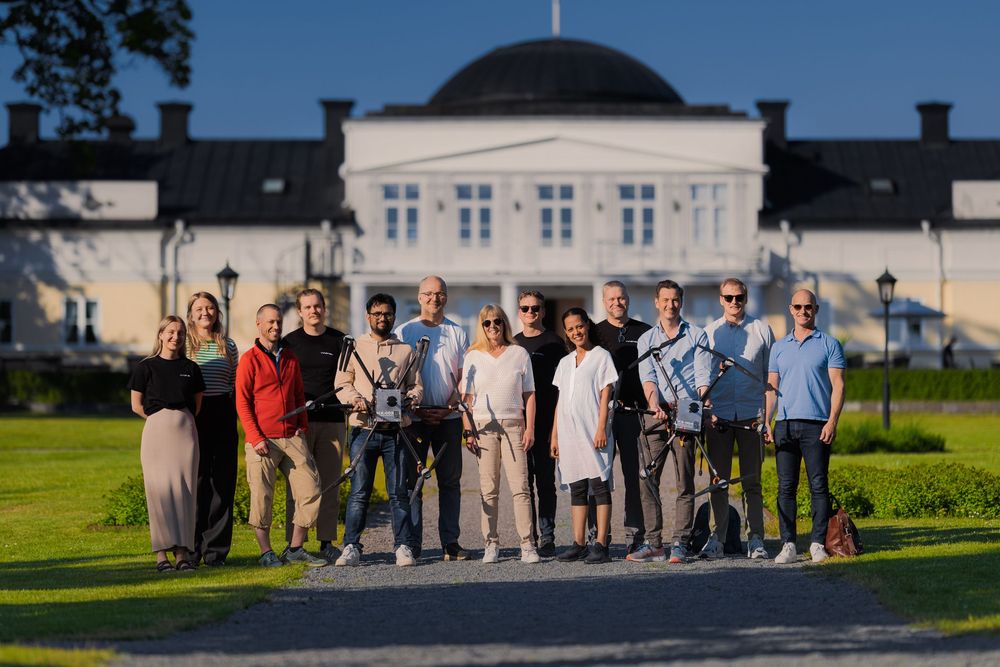
AUTOMATED AND DIGITALIZED AIR DOMAIN
Air Mobility
The demand for climate-smart, efficient, and community-friendly transportation has never been greater. Internationally, there’s a strong push to develop automated and digitalized air domain transport systems, a vastly underutilized resource. Air Mobility is dedicated to make Sweden a leading part of this transition.
Building on the "Autonom Flygplats” (Autonomous Airport) project, Air Mobility aims to realize this transformation through a triple helix collaboration. The project focuses on enhancing airspace management infrastructure, digitizing airports, and airspace services based on the European U-space framework and Drone Strategy 2.0.
In collaboration with WARA-PS, Air Mobility is establishing an open testbed to fly and simulate UAVs, integrated with 5G communications, surveillance, and traffic coordination.
Air Mobility will develop an open digital, cloud-based U-space system integrated with with current and future ATM-systems to develop innovative functions, procedures, and system supports for combined conventional and unmanned airspace, focusing on the operator. This system will serve as the basis for physical environment testing and demonstrations.
The cloud-based U-space solution will be accessible to academia, government authorities, regions, municipalities, and businesses, facilitating research, development, knowledge sharing, and validation. The testbed system represents an advancement of the WARA-PS core system and will incorporate elements from other research projects like UTM-City and DYNACON.
The project receives funding from Saab AB and Vinnova, with Saab AB leading the project. Other key partners include Ericsson AB, RISE Research Institutes of Sweden AB, Linköping University (LiU), the Swedish Transport Agency (LFV), and Swedavia AB.
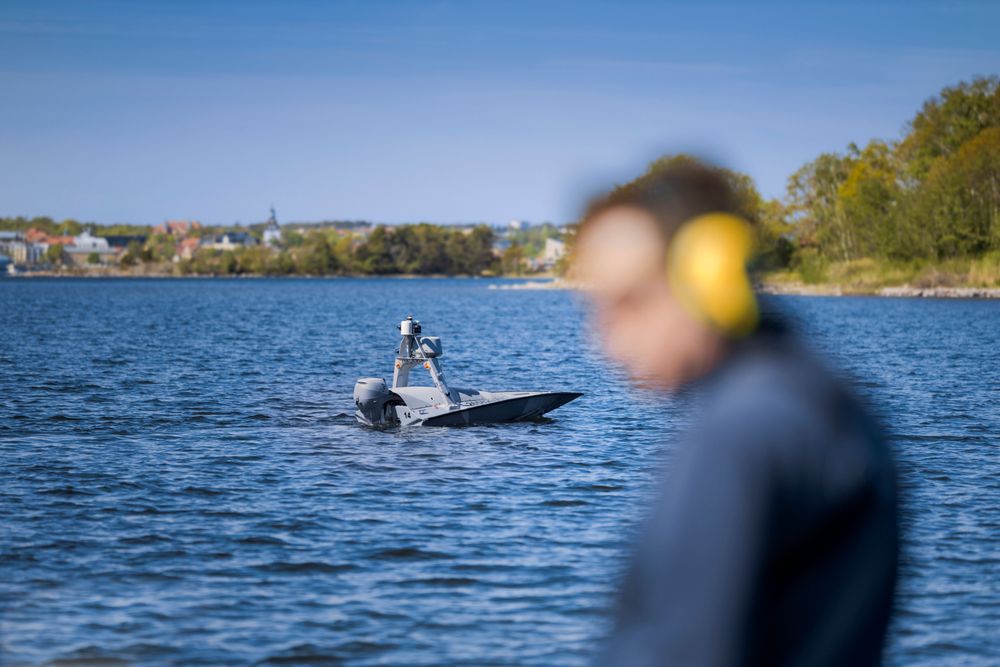
DIGITAL ASSISTANTS FOR MARITIME TRAFFIC MANAGEMENT
ASSIST
The ASSIST research project is a collaborative effort involving Linköping University, the Swedish Maritime Administration, Combitech, Saab, the Swedish Transport Administration, and Visual Sweden. The goal of Assist is to develop digital assistants for maritime traffic management that contribute to more resilient operations during routine activities and societal disruptions. The objectives of the research project are to advance the concept of a digital assistant from Technology Readiness Level (TRL) 2 to TRL 4.
ASSIST uses the WARA-PS core system with Piraya as the vessel. With technical support from WARA-PS’s core-team ASSIST uses the research arena for testing while providing a scenario and test case for our fellow researchers.
This project is a commitment to enhancing the capabilities of traffic management systems through advanced AI solutions, improving both the efficiency and safety of maritime operations.
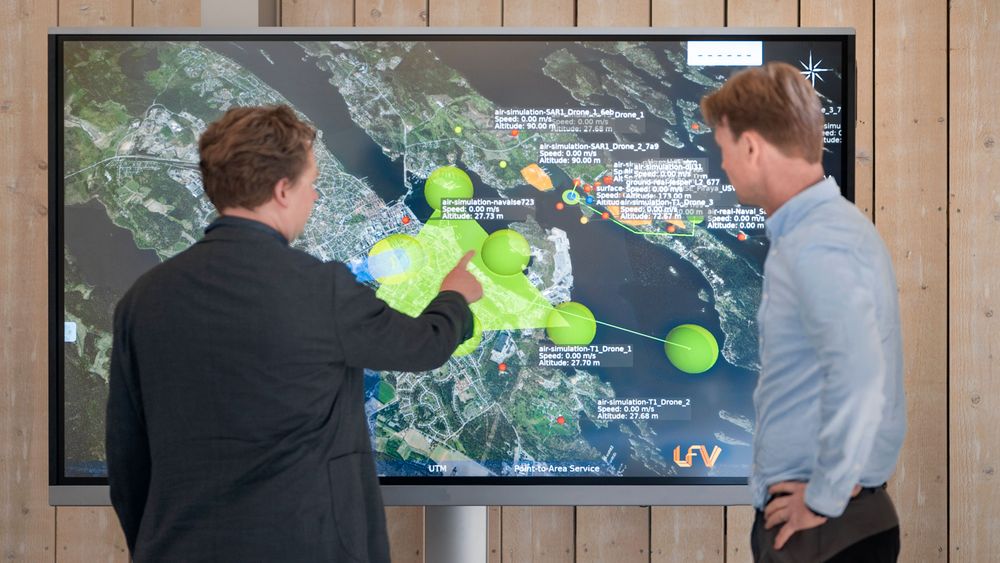
ADVANCING URBAN AIR TRAFFIC MANAGEMENT FOR UNMANNED AERIAL SYSTEMS
UTM-City
The UTM City-project is an innovative research initiative focused on advancing urban air traffic management (UTM) for unmanned aerial systems. Despite rapid developments in UTM, urban environments pose unique challenges that require novel concepts and tools for traffic controllers to manage high levels of varied traffic with advanced automation and autonomous systems.
UTM-city, is funded by Trafikverket and conducted in collaboration between LFV and Linköping University (LiU), develops new methodologies and support tools for traffic controllers.
The project includes development of methodologies, such as creating tools to enhance understanding of human-automation collaboration, applied to test cases. In this project, researchers will work with visual dashboards that build upon and develop the field of information visualization.
The UTM City project utilizes a ‘research through design’ approach, focusing on the development of a new Urban Traffic Management (UTM) concept within a simulated urban environment featuring drone traffic within and between cities. This project is conducted in collaboration with problem owners and stakeholders to ensure that the solutions are both innovative and applicable to real-world scenarios.
UTM City project significantly contributes new knowledge and expertise to the WARA-PS community. This initiative not only broadens our understanding of urban air traffic systems but also enhances our collective expertise in managing complex data and environments efficiently.
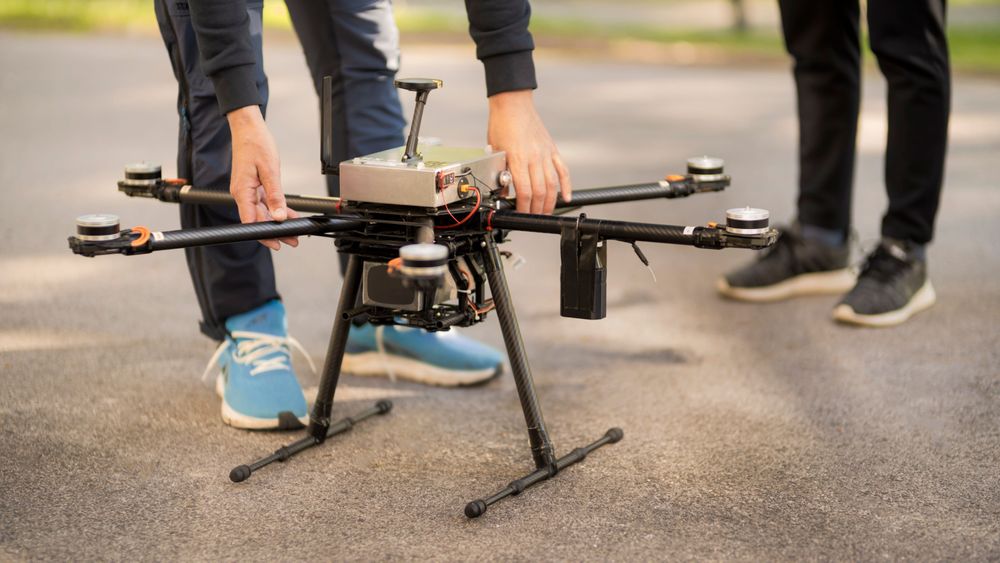
FOSTERING SWEDISH-BRAZILIAN INNOVATION IN AERONAUTICS
Air Domain Study
The Air Domain Study (ADS) is a set of research projects and a key component of the Sweden Brazil Innovation Initiative (CISB). CISB serves as a platform that cultivates long-term partnerships and supports the co-creation of innovation ecosystems between Sweden and Brazil. Initially focusing on aeronautics, CISB has successfully attracted a range of relevant stakeholders and activities in this field.
ADS currently encompasses six projects which are integrated into the WARA-PS testbed. The projects explore a variety of topics including manned and unmanned systems, air navigation, and machine learning applications in aviation.
ADS is structured as a Triple Helix with entities from both industry, academia and government agencies from Sweden and Brazil. WARA-PS facilitates the a platform for the collaboration between the Brazilian Air Force, Swedish Air Force, FMV, LFV, ITA University, Saab AB, KTH, LiU, Chalmers, Mälardalen University, RISE, Embraer and XMobots.
AI-BASED METHODS AND ALGORITHMS TO ACHIEVE AUTONOMOUS RECONNAISSANCE CAPABILITIES
CTEDS
CTEDS is one of the six project within ADS. The research project is based at Märlardalens University (MDU) and funded by Vinnova and Saab. The overarching aim of this project is to develop autonomous reconnaissance capabilities for unmanned aerial systems (UAVs). The project builds on the results achieved in previous joint projects.
The project will develop and adapting AI-based methods and algorithms, develop and demonstrate relevant solutions and functions to achieve autonomous reconnaissance capabilities. Additionally, it aims to incorporate these capabilities into the larger system-of-systems framework, the WARA-PS core-system, facilitating integration into a broader demonstrator architecture.
The research is aligned with the following global sustainability goals: 3 (Good Health and Well-being), 9 (Industry, Innovation, and Infrastructure), 10 (Reduced Inequalities), and 11 (Sustainable Cities and Communities).
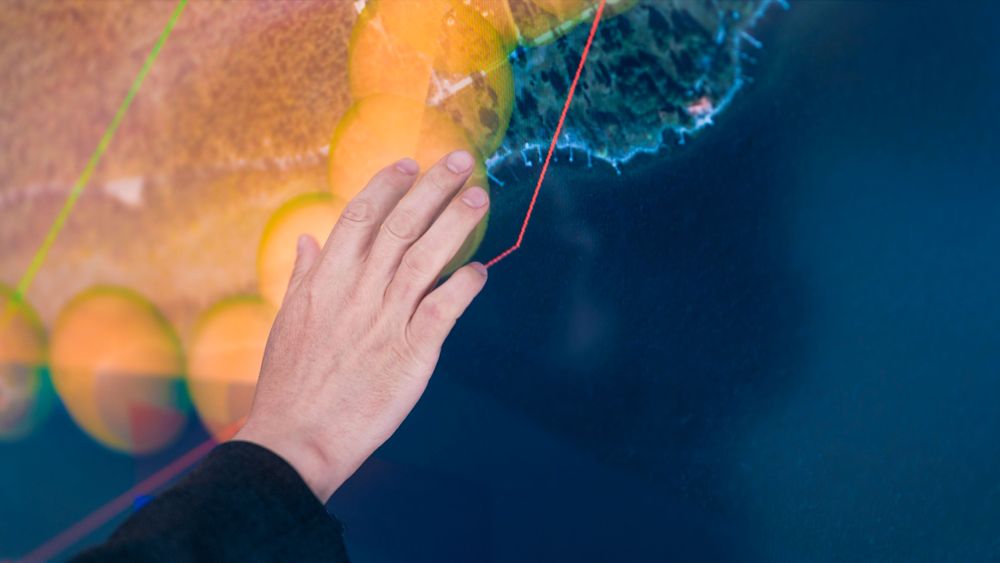
UNMANNED AIRCRAFT SYSTEMS IN TRADITIONAL MANNED AIRCRAFT AIRSPACE
SIMUA
As a part of the Air Domain Study (ADS), the SIMUA project is focused on enhancing the integration of unmanned aircraft systems into airspace traditionally used by manned aircraft, for the greater benefit of society. The SIMUA project is managed in a collaboration between Linköping University (LiU), the Second Integrated Center for Air Defense and Air Traffic Control (CINDACTA II) and ITA university in Brazil.
SIMUA examines air traffic management to ensure safe and efficient airspace operations amidst increased aircraft diversity. The project also delves into the necessary technological advancements required in aircraft to support this integration.
Through SIMUA, ADS is pushing the boundaries of aviation technology and traffic management to foster safer and more innovative airspace utilization.
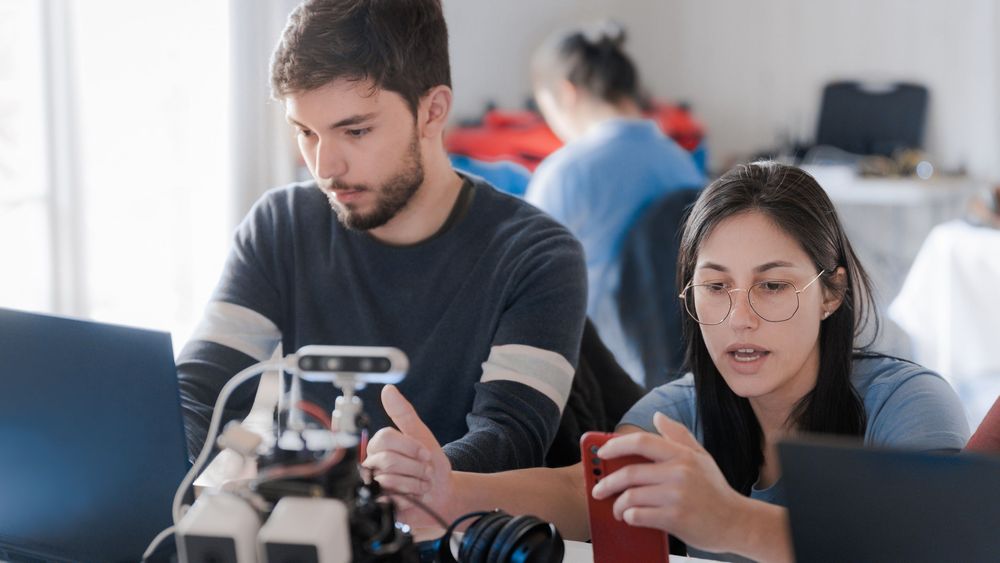
ENHANCING TECHNOLOGY READINESS LEVEL
Virtual Demonstrator
The Virtual Demonstrator (VD) project serves as a pivotal integration platform within the Air Domain Study (ADS), utilizing the WARA-PS core system to simulate applications from various ADS projects. This collaborative effort among Swedish and Brazilian experts is designed to enhance the technological maturity (Technology Readiness Level, TRL) of research initiatives within ADS, progressing from research and technology development through technology demonstrators to more mature demonstrations.
VD contributes to elevating the TRL within the ADS projects by providing a common arena for experimentation and demonstration. It facilitates the exchange of knowledge and experiences not only among the individual Swedish projects within ADS but also between the Swedish and Brazilian teams. The Swedish aspect of VD focuses on experiments and methodologies in Dual Use areas such as public safety and technology/method demonstrations.
The Virtual Demonstrator project aims to explore and learn how to combine project outcomes from existing and future ADS projects within virtual and experimental environments. This approach is applied to two operational scenarios, jointly defined by representatives from the Brazilian Air Force (FAB) and the Swedish Air Force (SwAF):
- Maritime surveillance.
- Unmanned detection and rescue operations using swarms of Unmanned Aerial Systems (UAS).
The vision of VD is to conduct studies where operator level, team/swarm level, and broader airspace management can be simultaneously examined in shared scenarios. Planned utilization of the WARA-PS core system will act as a bridge among various subsystems within ADS. For instance, in drone applications, the Core system could enable connections between operators leading individual drones during physical flights, CTEDS (collaborative swarms), and the UTM City environment (comprehensive drone airspace control). In such scenarios, all command capabilities and levels are managed simultaneously, providing deeper insights into their interdependencies and the potential limitations or opportunities that ripple through the system when individual components are modified.
Workshops, scenario exercises, and discussions regarding the integration of platforms and results have been conducted in collaboration between WARA-PS and VD, strengthening our collective capability to advance research and practical applications in air domain management.
Virtual Demo (VD) is a project that integrates the other projects of the Air Domain Study (ADS). By utilizing WARA-PS core-system researcher can create a common arena for simulating the applications of the other projects within ADS. This project aims to deliver results, metrics and measures that can improve the work and future deliveries of the ADS. VD is a project i collaboration of swedish and Brazilian experts.
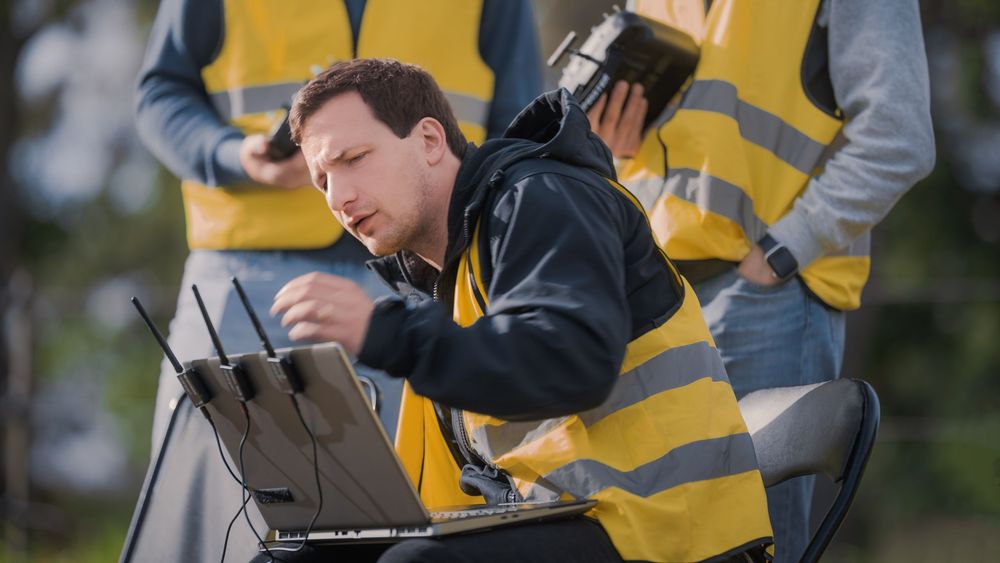
AI-ENABLED MISSION SYSTEM TO ASSIST OPERATORS
SOFIA
The SOFIA project is an exploratory initiative, led by Saab at Linköping university, designed to develop an AI-enabled mission system that assists operators with basic autonomous functions.
The mission system will involve manned and unmanned systems operating in the air domain and provide a better understanding about what kind of mission systems may be needed in the future. Following the example of Search and Rescue missions in the WARA-PS, SOFIA focuses on combat search and rescue (CSAR) missions in a complex and dynamic environment.
The system is engineered to enhance human-machine interaction, enabling remote operators to effectively manage and support a team of agents. The aim is that these agents collaboratively plan and execute search missions, while seamlessly interfacing with the WARA-PS core system. The project is focused on iterative development, with ongoing adjustments and improvements based on feedback from simulations and real-world experiments.

INNOVATION IN TOTAL DEFENSE
Defense Hub Sweden
WARA-PS is part of Defense Hub Sweden, a platform dedicated to accelerating collaboration, research, and innovation to build a more flexible and resilient total defense. Our role is to bring actors closer together and to communicate the needs, challenges, and opportunities presented by end users to relevant parties. By doing so, we enable effective collaboration and foster innovation.
Additionally, WARA-PS contributes with methodologies developed within the arena, including workshop techniques, onboarding processes, and our rapid development approach, all designed to further drive innovation. Moreover, our involvement in Defense Hub Sweden provides access to our extensive resources, both hardware and software, within the hub.
Find out more about Defense Hub Sweden through the link below.
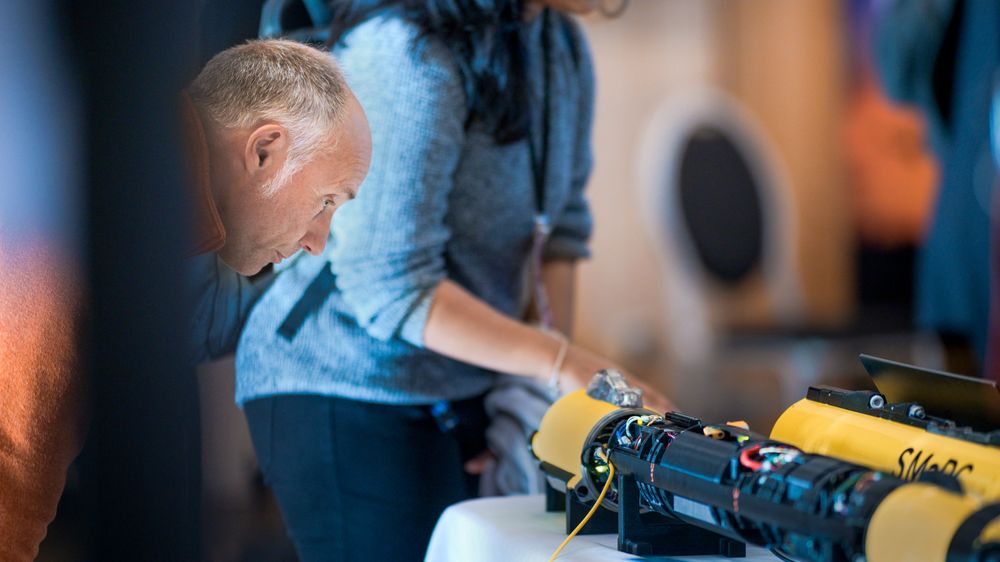
THE SWEDISH MARITIME ROBOTICS CENTRE
SMaRC
The Swedish Maritime Robotics Centre (SMaRC) is a cross-disciplinary research center. that unites key partners from industry, government, and academia. SMaRC, similar to WARA-PS, is committed to ensuring that Sweden remains at the forefront of technological innovation, leading the transition from current autonomous to intelligent underwater systems.
SMaRC specializes in a range of fields including robotics, artificial intelligence, electrochemistry, vehicle design, underwater networks, and oceanography. Since 2018, SMaRC and WARA-PS have fostered a dynamic collaboration that leverages their complementary expertise. While WARA-PS has more experience with surface, air, and cloud technologies, SMaRC excels in underwater applications. This partnership uniquely positions us to bridge these domains, creating integrated solutions that span from the deep sea to the skies.
One of the on-going projects between SMaRC and WARA-PS is developing the connection between the autonomous surface vehicle Piraya and AUV LoLo.
Find out more about SMaRC here! SMaRC – Swedish Maritime Robotics Centre
